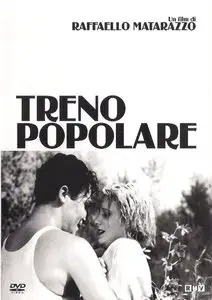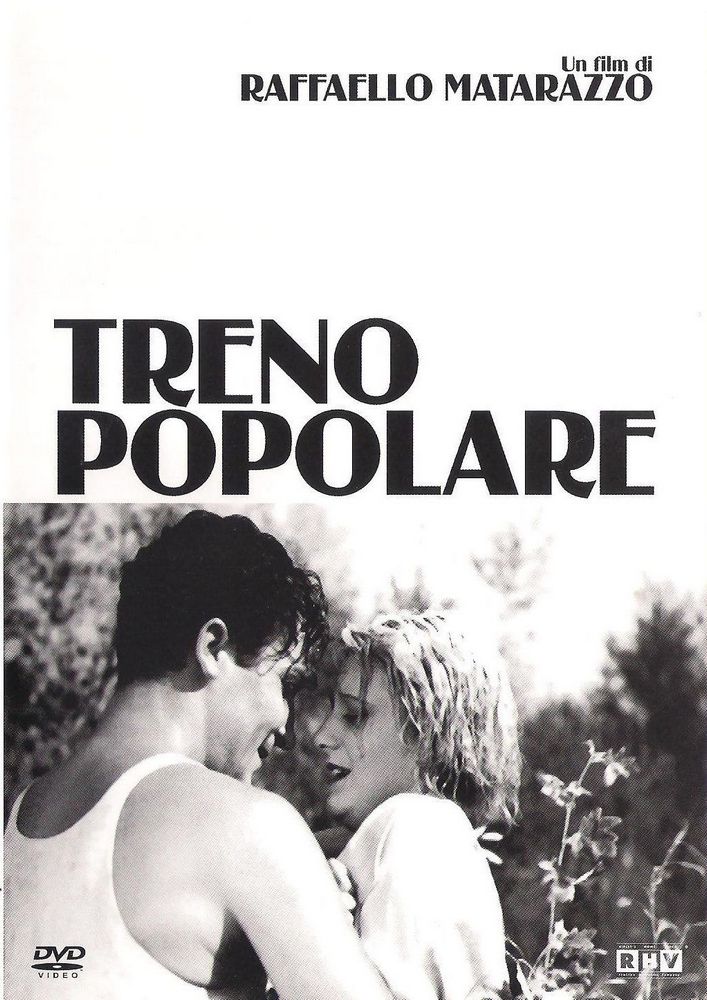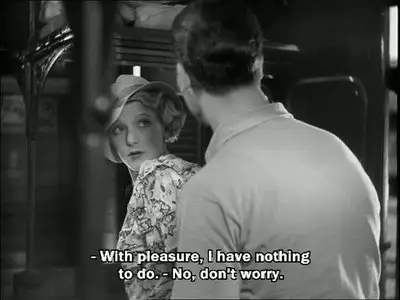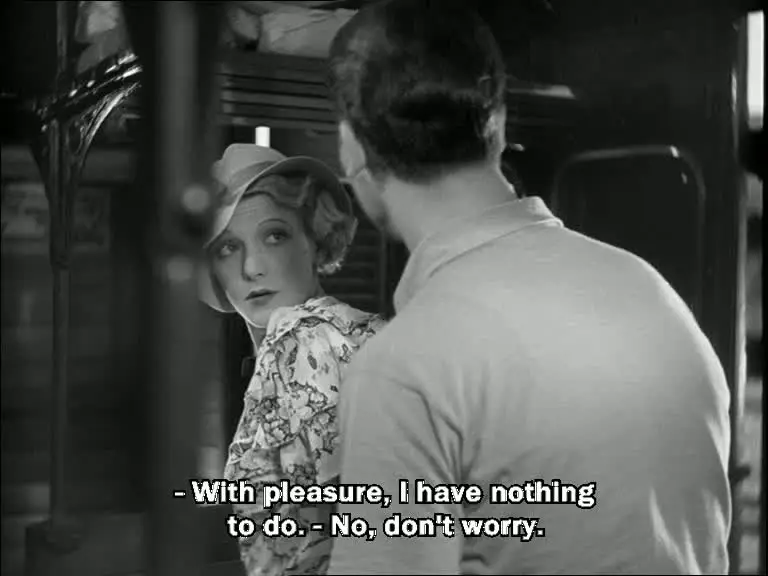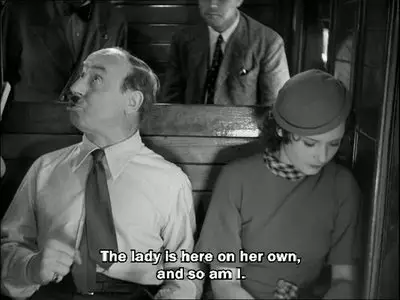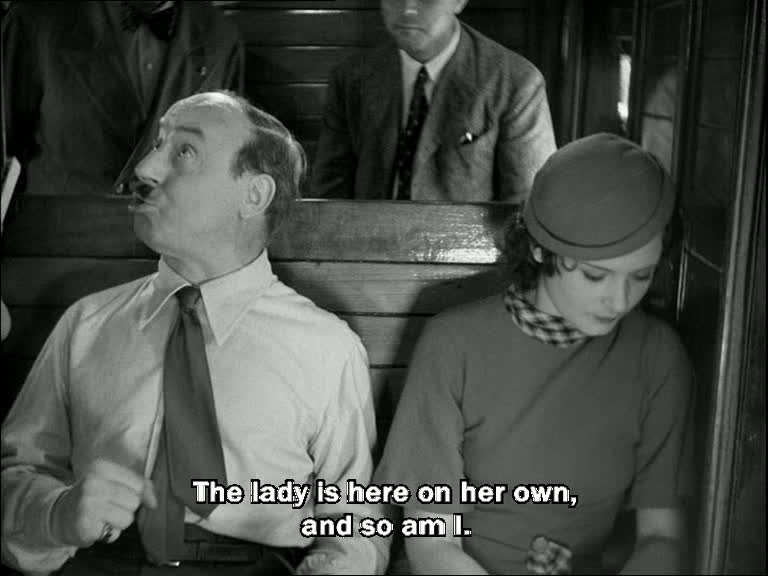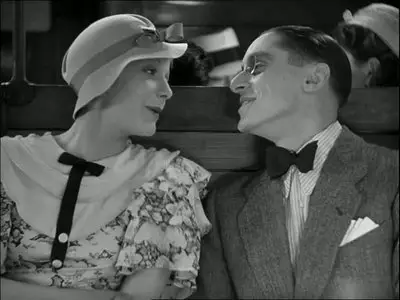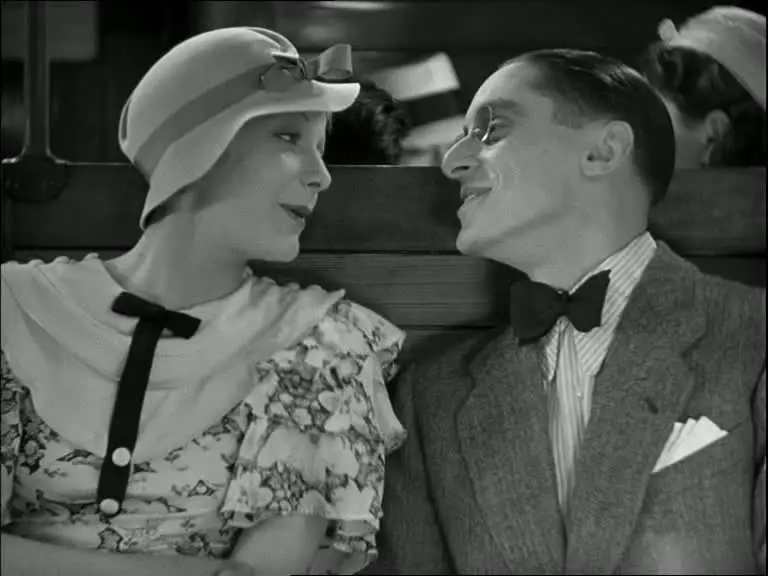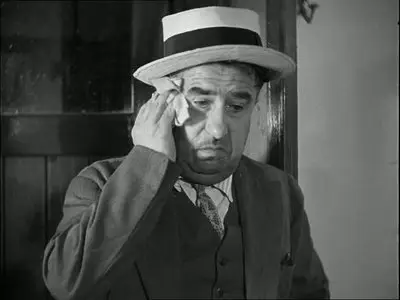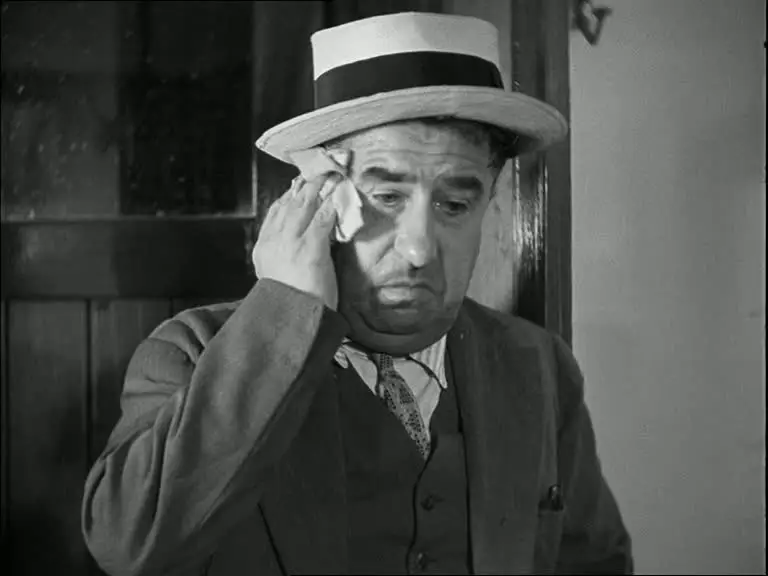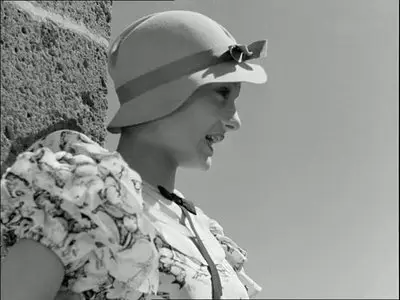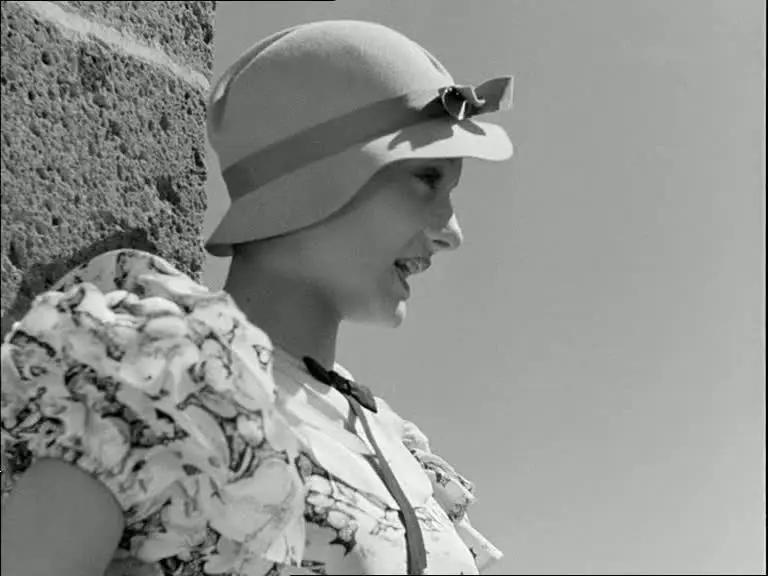Treno Popolare (1933)
DVD5 | VIDEO_TS | PAL | 4:3 | 720x576 | 4500 kbps | 2.9Gb
Audio: Italian AC3 2.0 @ 192 Kbps | Subtitles: Italian, English
01:00:00 | Italy | Drama, Romance
DVD5 | VIDEO_TS | PAL | 4:3 | 720x576 | 4500 kbps | 2.9Gb
Audio: Italian AC3 2.0 @ 192 Kbps | Subtitles: Italian, English
01:00:00 | Italy | Drama, Romance
A summertime daytrip along the railway line Rome-Orvieto on a special-fare train, a group of diverse and lively characters. Families, old couples, an unfaithful husband and his jealous wife, a forlorn girl, a nerdy white-collar worker and his flirtatious date, and a handsome, eagerly wholesome young man. Their stories merge and intersect in the beautiful scenery of a Medieval small town in central Italy.
Director: Raffaello Matarazzo
Cast: Marcello Spada, Lina Gennari, Carlo Petrangeli, Jone Frigerio, Cesare Zoppetti, Maria Denis, Giuseppe Pierozzi, Gino Viotti, Aldo Frosi, Raffaello Matarazzo, Giuseppe Ricagno, Umberto Sacripante, Italo Tancredi
Extras:
- Short film Littoria by Raffaello Matarazzo
- Short film Mussolinia di Sardegna by Raffaello Matarazzo
- Theatrical trailer
One of the beacon films of the European cinema of the Thirties. Celebrating the sound film as a rebirth of cinema, Treno popolare combines and harmonizes, with genius, several characteristics of the cinema of the period. Talking pictures, of which it is too often said that they rendered cinema theatrical, also accentuated and stimulated realism. (…) This realism, born from sound and the possibility to make characters speak in their own langauage and with their true voices, here extends to a unanimist depiction of Italian society, and notably of the petite bourgeoisie of the time, portrayed with great veracity in its daily activity and behaviour. And the fact that the film is entirely staged in exteriors makes it possible to assign it its place – it precedes Renoir’s Toni by a year – as the first neo-realist work. The film’s description of society is presented with a lyricism which comes in part from the musical structure, to which Nino Rota’s score, one of the most beautiful in the history of cinema, brings an unparallelled emotion and grace. It was Matarazzo who persuaded Nino Rota to work for the cinema and the music of Treno popolare is his first film score. Sometimes melancholy or nostalgic, the film also breathes a tender sensuality, apparent in the landscapes, the photography and the movements of some of the characters. The film achieves a miraculous balance between the acuteness of the sociological realism and the lyricism of the description of nature and of that brief exaltation that seizes the characters in their contact with it.
~ Jacques Lourcelles
IMDb
One of the benefits of being a cinephile in the digital age is the ability to address gigantic blind spots quickly and Italy before Rossellini is such a blind spot for me. I decided pretty much just this afternoon that I wanted to study (read: see) more from Italy, basically anything outside of the country’s contributions to the typical arthouse canon. Treno popolare has not received much ink, nor has the film’s director Raffaello Matarazzo. This is something of a shame, as this is one of the most gorgeous films of the time period, perhaps not much is “there” in the pathos department, but there is a bittersweet tone to the superficially light story.
Giovanni plans a Sunday picnic date with his coworker and crush, Lina. They take the “common folks” train from Rome to the city of Orviento. Along the way, they meet up with Carlo, who is the charming opposite to the bookish Giovanni. Eventually, Carlo and Lina find themselves planning their picnic around Giovanni’s presence, capitalizing at every opportunity to get rid of him. There’s also a side story involving a lecherous businessman, who is caught by his wife. The young girl he was planning on spending the day with is left alone and totally humiliated, giving us the more tragic perspective of a scenario that is sometimes played up for laughs.
I try to avoid comparisons when I’m not entirely sure of a film’s background (as is the case here) but I couldn’t help but be reminded of Hiroshi Shimizu’s Arigato-san from 1939. There, we follow a group on a bus ride and despite the jaunty attitude of Shimizu, there is a deep, troubling sadness brewing in the lives of all of the characters. Here, too, we have a jaunty, upbeat tone, but we don’t get anything quite as upsetting as a young girl being sold into prostitution. Instead, the affairs here seem somewhat frivolous, a point which is magnified by the middle class status of all of the characters. In fact, there is a reoccurring song about the glory in belonging to the populist working class, though I get the impression that the songs presence is somewhat tongue-in-cheek here.
Another point of comparison might be Jean Renoir’s Toni, which came out a year later. The film is considered something of a starting point for Italy’s neo-realist movement and Luchino Visconti served as an assistant. To my knowledge, there weren’t too many other Italian films from the 1930s that were shot on location. Indeed, I went ahead and looked at some of Matarazzo’s other films and it most of them were shot primarily in a studio, and look like they maintain the aesthetic of the “telefono bianco” (white telephone – dramas about the upper class) movement. Here, though, the images here are vital, and they seem to channel the youthful exuberance of Carlo and Giovanni. The film was shot by Anchise Brizzi who is responsible for Shoeshine and would work with everyone from Julien Duvivier to Orson Welles.
There’s a lot here to love (I haven’t even mentioned Nino Rota’s first score!) but I would hesitate to call this exactly “neo-realist” at least from my own personal understanding of the movement. Certainly, elements are there, but I think approaching the film as proto neo-realist might set up unreasonable expectations. The problems here are the anti-thesis of neo-realism, they’re entirely trivial and immediately solvable. Maybe this makes Matarazzo’s film silly or less important than something like Umberto D. but still, perhaps as just a piece of technical filmmaking, it is excellent and an absolutely worthwhile experience. If you’re in the mood for something delightful, you couldn’t do much better than this.


